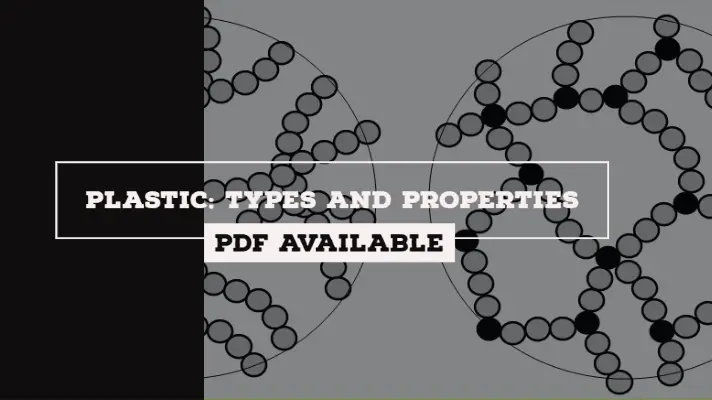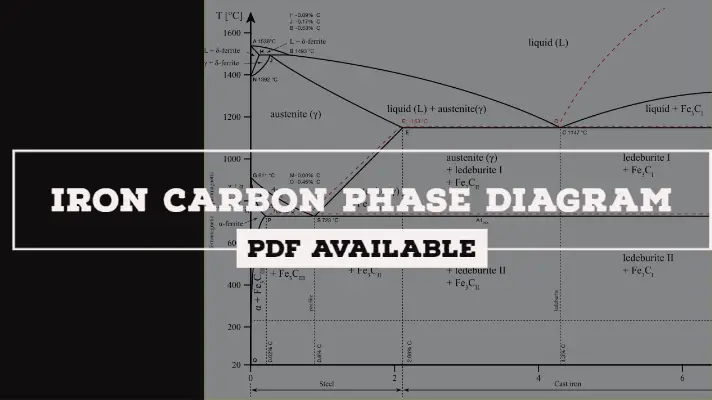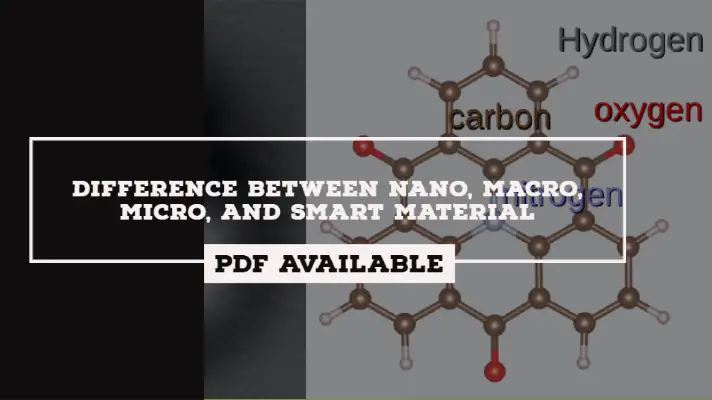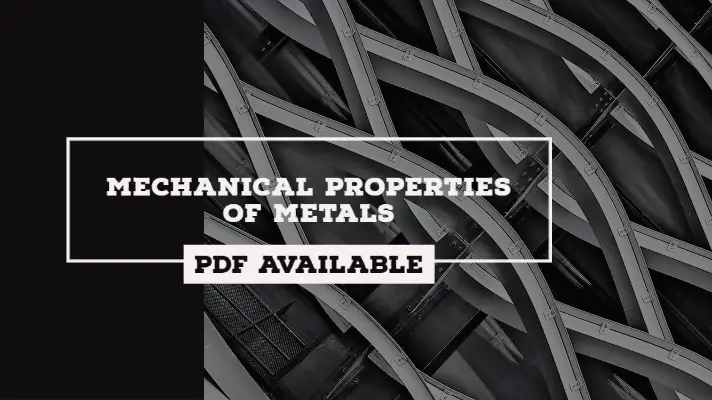Different Types of Steel and Their Properties [PDF]
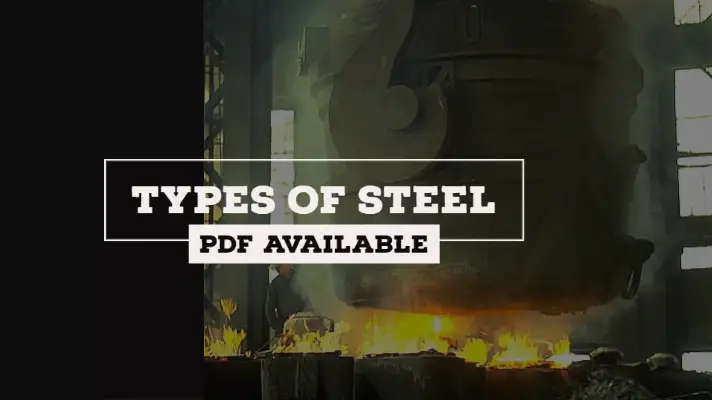
Steels are widely used materials in the industry. They are the alloys of iron, carbon and other elements such as silicon, phosphorus, sulphur and manganese. The carbon present in the form of iron-carbide(Fe3C) increases the hardness and strength of the steel.
Steels are classified based on their chemical composition, applications, and methods of production. In this article, I am going to discuss on Types of Steel and Their Properties.
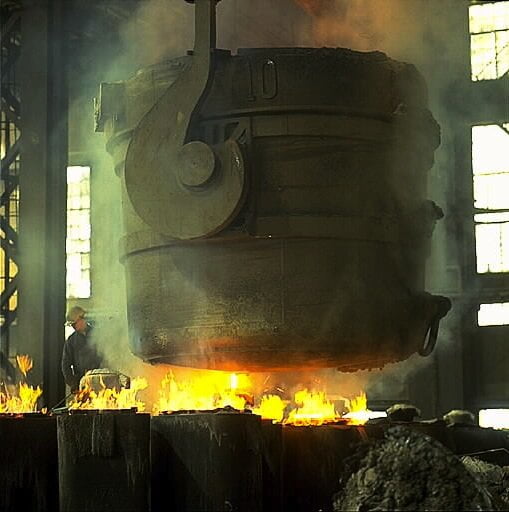
Different Types of Steels:
Steels can be classified
1.Based on Carbon Content:
- Low Carbon Steels
- medium Carbon Steels
- high Carbon Steels
Low Carbon Steels:
- Composition: 0%C to 0.25 % C.
- Microstructure: Predominantly α - ferrite and small quantities of pearlite.
- Properties: Outstanding ductility and toughness. good machinability and weldability, high formability, toughness, high ductility etc.
For example, Mild steel.
- Advantages: The least expensive to produce.
- Disadvantages: Martensite is difficult to form owing to very low carbon content.
- Applications: Automobile body components, structural shapes, pipes, sheets etc.
Medium Carbon Steels:
- Composition: From 0.25% to 0.55% C.
- Microstructure: α - ferrite and pearlite.
- Properties: Stronger than low – carbon steel but less tough than it.
- Advantages: Best range for adding alloying elements.
- Applications: Railway wheels & tracks, gears etc.
High Carbon steels:
- Composition: From 0.55% up to 2.1 % C
- Microstructure: Fe3C, Pearlite(C >0.8%), - ferrite and pearlite (C < 0.8%).
- Properties: Hardness, strongest, and least ductile compared to Low carbon steels.
- Advantages: To make tool steels.
- Applications: Knives, hack saw blades, chisels, hammers, drills, dies, machine tool cutters, punches, etc.
2.Based on the Method of manufacture of Steels:
Based on Method of manufacturing of steels, they are classified as Bessemer steel method and Electric Arc Furnace method whose explanation is below.
Bessemer steel Method:
The principle of Bessemer Converter is the removal of impurities from the iron by oxidation and the air is being blown through the molten iron.
The furnace is made of steel with fire clay bricks to resist heat.
The impurities manganese(mn) and Silicon(Si) are converted into their respective oxides and that can be expelled out.
Electric Arc Furnace Method:
It is an extremely hot enclosed region, where heat is produced employing electrodes for melting certain materials such as steel (scrap) without changing the electrochemical properties of the material(metal).
The electric arc produced between the electrodes and the metal is used for melting the metal(scrap).
Read more: Bessemer steel method and Electric Arc Furnace method
3.Based on properties of some other types of Steels:
- Shock-resisting Steels
- High strength Steels
- Tool Steels
- Spring Steels
- Heat Resistant Steels
Shock-resisting Steels:
These steels can resist fatigue loads and shock loads.
High strength Steels:
Applied where Low weight and high strength are required.
Tool Steels:
These are mainly used for making Tools and Dies for cutting, forming and forging metals in their hot or cold conditions.
Spring Steels:
used for making Coiled and Leaf springs.
Heat Resistant Steels:
These steels can resist corrosion, oxidation and creep at higher working temperatures.
4.Based on Effect of Alloying elements on Steel:
Cobalt/Molybdenum:
- It has high servicing temperature or high temperature sustainability.
Chromium:
- It improves Corrosion resistance and Abrasion resistance.
Vanadium:
- It exhibits high temperature, hardness and strength.
Aluminium:
- It improves fracture toughness and acts as deoxidant.
Phosporous:
- It increase strength, hardness and improves machinability.
Sulphur:
- It improves machinability.
Silicon:
- It exhibits high hardenability.
Magnesium:
- It improves toughness and machinability.
Manganese:
- Wear resistance and hardenability is high.
Applications of Steel:
As Steel has high tensile strength, it was used in:
- Construction of buildings
- Infrastructure
- Tools
- Ships
- Automobiles
- Machines & appliances
- Weapons
- Machine steel
- Spring steel
- Boiler steel
- Structural steel
- Tool steel etc.
I hope you liked my article on Types of Steel and Their Properties. If so then do share it on social media, or with your friends, and if you have any further doubts feel free to ask us in the comment section.
References [External Links]:
- Steel Properties - Total Materia
- steel | Composition, Properties, Types, Grades, & Facts




